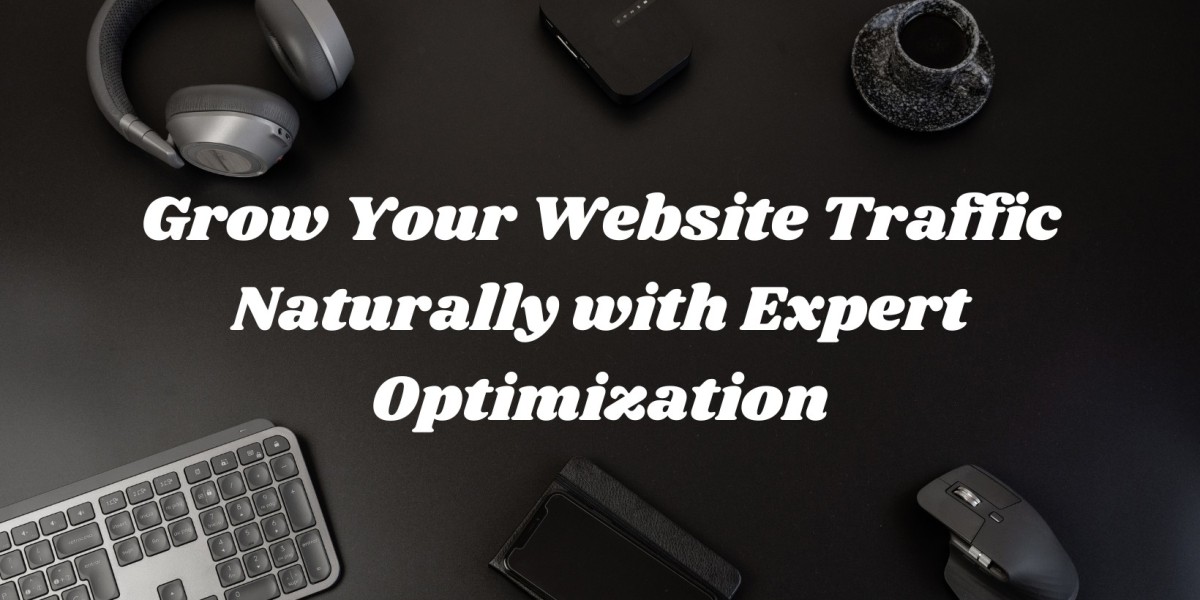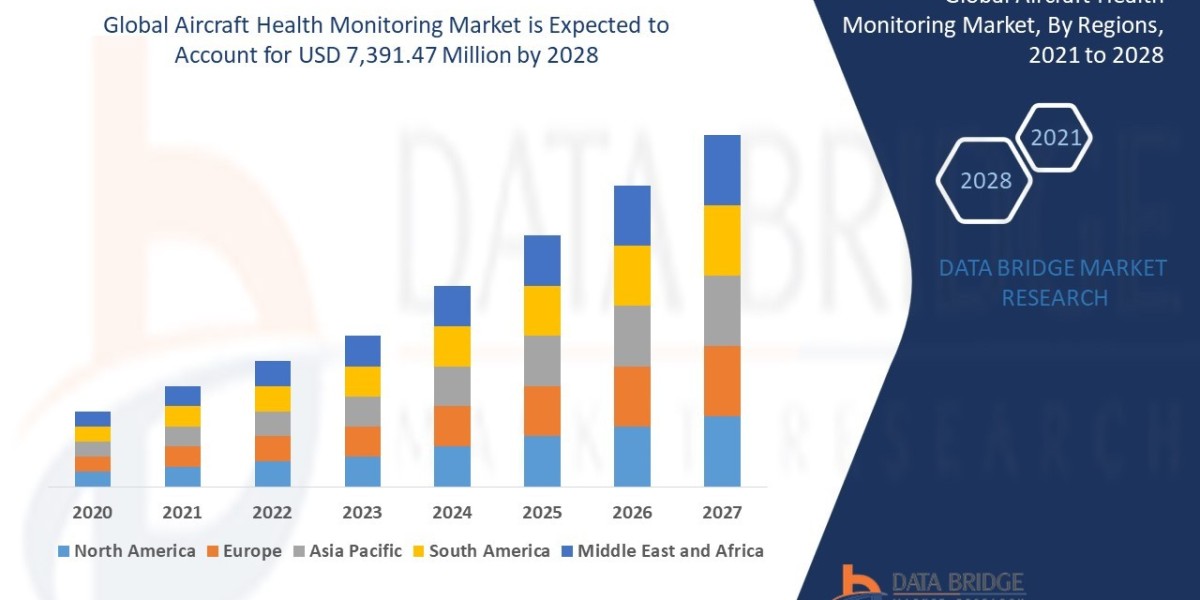At our AI-powered custom software and mobile app development firm, we’ve witnessed transformative shifts in how websites draw traffic. Over two decades of tech-service experience and ten years of contributing to major outlets like Forbes have taught us that organic growth isn’t magic—it’s methodical, measurable and deeply strategic. In this article, let’s explore how you can grow your website traffic naturally through expert optimisation. We will unpack what works, what doesn’t, and how to think differently in 2025.
The Landscape: Why Natural Traffic Still Wins
In a world increasingly dominated by paid ads, social-feeds and algorithms, natural or organic traffic often gets overlooked. And that’s a mistake. Organic traffic means visitors arrive from search engines or direct discovery, not because you paid for each click. This traffic tends to convert better, it builds your brand over time, and when done right, it compounds.
To frame it: according to industry data, over 53 % of all website traffic globally comes from organic search. The first page of the leading search engine commands more than a quarter of all clicks. As a company delivering custom software and mobile apps, your audience is actively searching for problems, solutions and partners. If you show up in those organic results, you tap into a high-intent pool of prospects.
But—and here’s the twist—the rulebook is changing. If you treat “SEO” like it was in 2015, you’ll fall behind. Let’s dive into what has changed and how you should respond.
What’s Changing in the Traffic Game
When we say “natural traffic”, the game has evolved significantly—and fast. Here are the major shifts you must understand.
Mobile, Voice, Visual and AI Search
Mobile-first indexing is now standard. All major search engines prioritise mobile-friendly layouts and performance. Data indicates that mobile accounts for over 63 % of web traffic. Voice search and visual search queries are growing too: people talk to their devices and use images to search.
Meanwhile, generative AI and “answer engine” formats are rising rapidly. With content being delivered directly inside search results or ChatGPT-style interfaces, the click model is shifting. What does that mean? It means you need to optimise not just for ranking but for visibility within evolving ecosystems of search.
Content Depth, Intent and Expertise
Gone are the days when low-quality keyword-stuffed content could rank. Search engines increasingly reward helpful, in-depth, user-intent-aligned content. One report shows that long-form content (2,000+ words) ranks more often in top positions. In tech and software services, your ability to show expertise, authority and trustworthiness carries real weight.
The Technical Fundamentals Matter More Than Ever
Page speed, core web vitals, structured data and site architecture—all these still underpin visibility. If your technical base is shaky, you cannot build real traffic. The web is crowded. One study found that around 94 % of webpages receive no organic traffic. If your page doesn’t load fast, isn’t mobile-ready or is hidden behind poor navigation, you’re invisible before you even publish.
Intent & Conversion Over Pure Volume
Traffic alone isn’t the goal. The goal is relevant traffic that engages, converts and leads to business outcomes. For a custom software / mobile app development company, that means visitors who are decision-makers—CTOs, product managers, startup founders—rather than casual browsers. The emphasis is shifting from “get lots of traffic” to “get the right traffic”.
Pause. Think about your own website.
Ask: Who visits? What problem are they solving when they land on our page? If the answer is vague, you’ll struggle. But if you have a clear person, clear problem and clear next step, you’re in the right mindset. Let’s talk about how to execute this.
Step One: Build the Technical Foundation
Before you write your next piece of content or launch a campaign, get your technical house in order. Here’s what to check.
Page Speed & Mobile Performance
A slow mobile experience kills retention and ranking. Google explicitly measures mobile performance, layout stability and interactivity. If your site lags on a smartphone or the experience feels “desktop-light”, you risk being penalised. Run speed tests (e.g., PageSpeed Insights, Lighthouse), focus on mobile metrics, image compression, caching and clean code.
Mobile-First Indexing & Responsive Design
Since major search engines index the mobile version of your site first, your mobile layout must not be an after-thought. Navigation, font size, clickable areas all must function well on smaller screens. For a mobile app development firm, your own site should reflect mobile excellence.
Site Architecture, URL Structure & Redirects
When redesigning or restructuring your site, proper redirects (301s), canonical tags and sitemap updates matter. One academic study of 11 million redirecting URIs found that approximately 50% of URIs ended up in error or non-optimized chains which negatively impacted traffic consolidation. Clean architecture helps search engines crawl and index your site properly.
Structured Data & Schema Markup
For service pages, case studies, FAQs and blog posts, use schema markup so that search engines can clearly interpret your content. Structured data improves likelihood of rich results (breadcrumbs, FAQs, service schema) which stand out in search and can increase Click-Through Rate (CTR).
Crawlability, Indexation & Error Handling
Ensure your robots.txt, XML sitemap and internal linking are optimised. Remove broken links, fix 404s, remove duplicate content, and redirect properly. If search engines hit errors or redundant pages, you dilute your site authority.
Once these are in place, you’ve laid the runway. The next phase is content and that’s where you’ll gain lift.
Step Two: Content Strategy Rooted in Value
Now the fun part. Craft content that speaks to your audience, drives engagement and ranks. But "fun" doesn’t mean “easy”—it means intentional.
Understand Your Audience and Their Questions
For a tech services company, your audience might include:
Startup founders exploring MVPs and wanting cost certainty
CTOs evaluating custom mobile apps for logistics, fintech or health-tech
Product managers who need to integrate AI into mobile experiences
Ask: What search queries might they type? What problems do they face? What doubts keep them up at night?
For example:
“What are the cost drivers of custom iOS-Android development in 2025?”
“How does AI-powered mobile app reduce operational cost in logistics?”
“How to choose between React Native and native Swift/Kotlin for mobile apps with AI modules?”
Format for Intent and Search Behaviour
Your content should reflect how people search. Many queries now are conversational or voice-based (“How do I build an AI mobile app for logistics?”). Use headings that mirror those queries. Structure content logically with H1, H2, H3 tags. Include FAQs or bulleted-lists. Make it skimmable but deep.
Blog posts with depth outperform thin content. According to recent data, longer posts attract more links and traction. That said, don’t dilute. Depth means well-structured, original insight—not filler.
Use Real-World Case Studies and Outcome-Driven Content
You and us—both know clients want proof, not promises. Include case studies, or at least project summaries of your custom software/mobile app work: what problem you solved, what technologies you used (AI modules, mobile frameworks), what the outcome was. That builds trust and authority.
Leverage Multi-Format Content
Text is essential, but diverse formats help engagement and shareability. Include charts, visuals (screenshots of apps in action), video demos or embedded walkthroughs. Pages with video get higher engagement by measurable margins.
Optimize Keywords—but Focus on Intent
Yes you should research keywords. But prioritise the ones that indicate intent (e.g., “custom AI mobile app development company India” or “AI-powered logistics app case study”) rather than generic head-terms. Long-tail keywords now drive the majority of search traffic.
Update and Refresh Content
Content published and forgotten loses relevance. One of the most impactful strategies is to revisit older posts, refresh facts, add new insights, update frameworks and republish. This signals freshness to both search engines and readers.
Let’s pause for a moment.
You now have the runway (technical) and you’re ready to fly (content). But in aviation pick-up you also need lift and control. That’s what authority and experience bring. Let’s explore that next.
Step Three: Building Credibility, Experience & Authority
When it comes to natural traffic, ranking high isn’t just about keywords and links—it’s about trust and recognition.
Demonstrate Your Expertise, Authoritativeness, Trustworthiness (E-A-T)
Search algorithms evaluate real signals of expertise, authority and trust. Given the domain of software, mobile apps and AI modules, you are ideally placed. Use your 20 years of experience. Mention frameworks, patterns, successes and failures. Use data. Use client perspectives (with permission). Let the reader know you know this industry inside and out.
Earn Meaningful Backlinks
Backlinks remain a strong signal. But quality now matters more than quantity. Aim for links from reputable tech blogs, software industry media, relevant partners and even your clients. A few high-value links will outperform many low-value ones. Your niche makes this more achievable.
Internal Linking and Topic Clusters
Create topic clusters around your service areas: custom software development, AI integration, mobile apps. Link from pillar pages to supporting posts (case studies, insights, FAQs). This structure helps search engines understand your domain relevance and helps users navigate your content.
Participate in the Ecosystem
Guest blogging, speaking engagements, webinars, podcasts, industry forums—all build your brand’s visibility and provide link-/mention-value. When your name and company are seen in the ecosystem, you benefit twice: direct traffic and improved search relevance.
Show Social Proof and Case Outcomes
Testimonials, client lists, project summaries, certifications all contribute. If you can show measurable results of your work (e.g., “we reduced client’s time-to-market by 30% using our AI mobile platform”), do so with real data.
So far we’ve covered what to build, what to create and how to stand out. But nothing succeeds without engagement and experience. Let’s talk about keeping your audience hooked and satisfying them once they arrive.
Step Four: Engagement, Experience and Conversion
Attracting traffic is one goal. Making that traffic stay, engage, trust you and convert is the real prize. Here is how we ensure that happens.
User Engagement Signals Matter
Search engines increasingly look at user behaviour: time on page, scroll depth, bounce rate, pages per session. If someone hits your blog and leaves within a few seconds, that communicates weak content. If they stay, click through, explore your services—search engines notice.
Core Web Vitals & Page Experience
Even if your technical fundamentals are sound, you must monitor layout shifts, interactivity delays and mobile usability. Companies ignoring mobile performance risk falling in ranking and losing traffic. Page experience is a foundational signal.
On-Page CTA Strategy
If you’re a custom software/mobile app company, a blog should do more than inform. At strategic points invite the reader deeper: “Download our checklist”, “See our case study”, “Schedule a discovery call”. Make conversion natural and frictionless.
Live Demonstrations and Interactive Elements
Given your domain, consider embedding interactive modules: a quick “App Development Cost Estimator”, “AI Integration Readiness Checklist”, or “Platform Migration Planner”. These interactive assets not only engage users, they encourage sharing and linking.
Analyse & Iterate
Track what blog posts perform, where visitors drop off, which formats drive most conversions. Use tools (analytics, heat maps) to refine your approach. Over time you will build a library of high-impact content that serves both prospects and search engines.
Time to zoom out for a moment.
We’ve built foundation, created value content, established authority and optimized for engagement. But what about future-proofing? Because the search world is changing fast. Let’s get ahead of what’s coming.
Step Five: Future-Proofing Your Traffic Strategy
With market shifts happening, you must position yourself for tomorrow, not just today.
Emerge with Generative Search & Answer Engines
As highlighted earlier, generative AI search is an emerging force. One source estimates that AI search tools could capture upwards of 6 % of organic-like traffic in coming years. For us in software development services this means optimizing for: concise answers, structured content, schema markup, snippet-friendly layouts and machine-readable content.
Diversify Beyond Traditional Search
Don’t rely on one channel. Expand to YouTube (video demos), Medium, industry aggregators, LinkedIn, podcast transcripts. Also think about app store visibility if you publish mobile solutions. Each channel feeds traffic and authority.
Adapt to Zero-Click and Featured Snippet Patterns
Many search queries now end at the results page without a click (the so-called “zero-click” scenario). To benefit, aim for featured snippets, knowledge panels and other forms of visibility within the search engine itself. Enough presence still drives brand awareness and qualified visits.
Local and Niche Search Opportunities
Even global service companies benefit from localisation. If you operate out of India but serve global clients, ensure localisation elements (currency info, time zones, use-cases relevant to different regions) and multilingual pages where required. Use hreflang tags when publishing in multiple languages.
Continuous Monitoring of Algorithm & Ecosystem Shifts
Major algorithm updates can shift traffic overnight. One report states that an algorithm update in March 2025 impacted over half of indexed domains. Stay informed, maintain flexibility and be ready to adapt your strategy quickly when signals change.
Putting It All Together: Your Roadmap
Here’s a simple roadmap you and us can use along with your teams to grow website traffic naturally.
Month 1-2: Audit and Fix Technical site audit, mobile responsiveness test, core web vitals review, redirect clean-up, schema markup initial roll-out.
Month 3-4: Content Strategy Launch Define audience personas, map out pillar topics, publish first set of deep insights (2,000+ words), include case studies and interactive assets.
Month 5-6: Authority Building Guest posts, backlink outreach, internal linking structure built, service pages refreshed, social proof added.
Month 7-9: Engagement and Experience Embed videos, interactive tools, monitor engagement metrics, optimise underperforming posts, roll out conversion pathways.
Month 10+: Future-Proofing and Iteration Optimise for AI/answer engines, diversify channels, refresh older content, monitor algorithm shifts and adapt.
This is not a one-time project. It is an ongoing cycle of improvement, adaptation and value creation. You’ll build momentum, gain traffic growth and position your service brand as a leader.
Common Pitfalls to Avoid
Because we’ve seen many firms stumble, I want to highlight some traps:
Publishing lots of short blogs without depth. Quantity never trumps quality.
Focusing only on head keywords and ignoring long-tail intent.
Thinking technical SEO is “done” and ignoring mobile or core web vitals.
Building backlinks indiscriminately rather than with relevance and authority.
Treating SEO as a project instead of a continuous process.
Fixing these mindset issues is often half the battle.
Final Thoughts
Growing website traffic naturally in 2025 and beyond takes more than standard tactics. It demands a strategic approach that blends strong technical fundamentals, audience-centric content, authority building, engagement optimisation and forward-thinking adaptation. In the space of custom software and mobile app development especially when AI is part of the story you have a powerful narrative: you solve complex problems, build future-ready solutions and deliver outcomes. Leverage that narrative in your content, in your site, in your outreach.
If we maintain our standard of excellence, stay curious about how users search, and respect the evolving ecosystems of discovery, then natural traffic becomes less a gamble and more a predictable engine of growth. Should you ever want a deep dive into linking this traffic strategy with your mobile app launch funnel or AI-module roadmap, we’re ready when you are.
And if you need direct help scaling via proven professionals in the field of organic seo experts
we can guide you to the best partners.
FAQS
1. How long does it take to grow website traffic through natural optimisation?
Natural or organic growth usually takes between three to six months before consistent results appear. The timeline depends on your website’s current performance, competition in your niche, and how well you maintain technical health and content quality. SEO works as a compounding process, so the more consistent the optimisation, the stronger the long-term results.
2. What are the most effective ways to attract qualified traffic instead of random visitors?
The key is intent-driven optimisation. Focus your content on solving specific problems your target audience faces. For example, create resources that help CTOs or startup founders understand how custom AI mobile apps improve efficiency. Use long-tail keywords, internal linking, and case-based storytelling that speaks to real business challenges.
3. How can mobile and AI trends influence organic website growth in 2025?
Mobile-first indexing and AI-driven search models have changed how users discover content. Websites that perform flawlessly on mobile devices and deliver structured, context-rich information have better visibility. AI search and voice queries reward content written in natural language and optimised with clear schema data, so adapting to these trends is vital.
4. Are backlinks still an important ranking factor for website traffic growth?
Yes, backlinks remain a major authority signal. However, relevance now outweighs quantity. A single backlink from a credible technology publication or software industry resource has more impact than dozens of unrelated ones. Earning backlinks through valuable, research-driven content and collaborations is a sustainable way to grow naturally.
5. What are the most common mistakes companies make when trying to boost organic traffic?
Many focus only on publishing new blogs and neglect technical SEO. Others ignore page speed, mobile performance, or audience intent. Some chase short-term keyword spikes instead of long-term relevance. The most successful strategies combine a clean technical foundation, consistent updates, high-value content, and a clear understanding of who the content is meant to serve.








